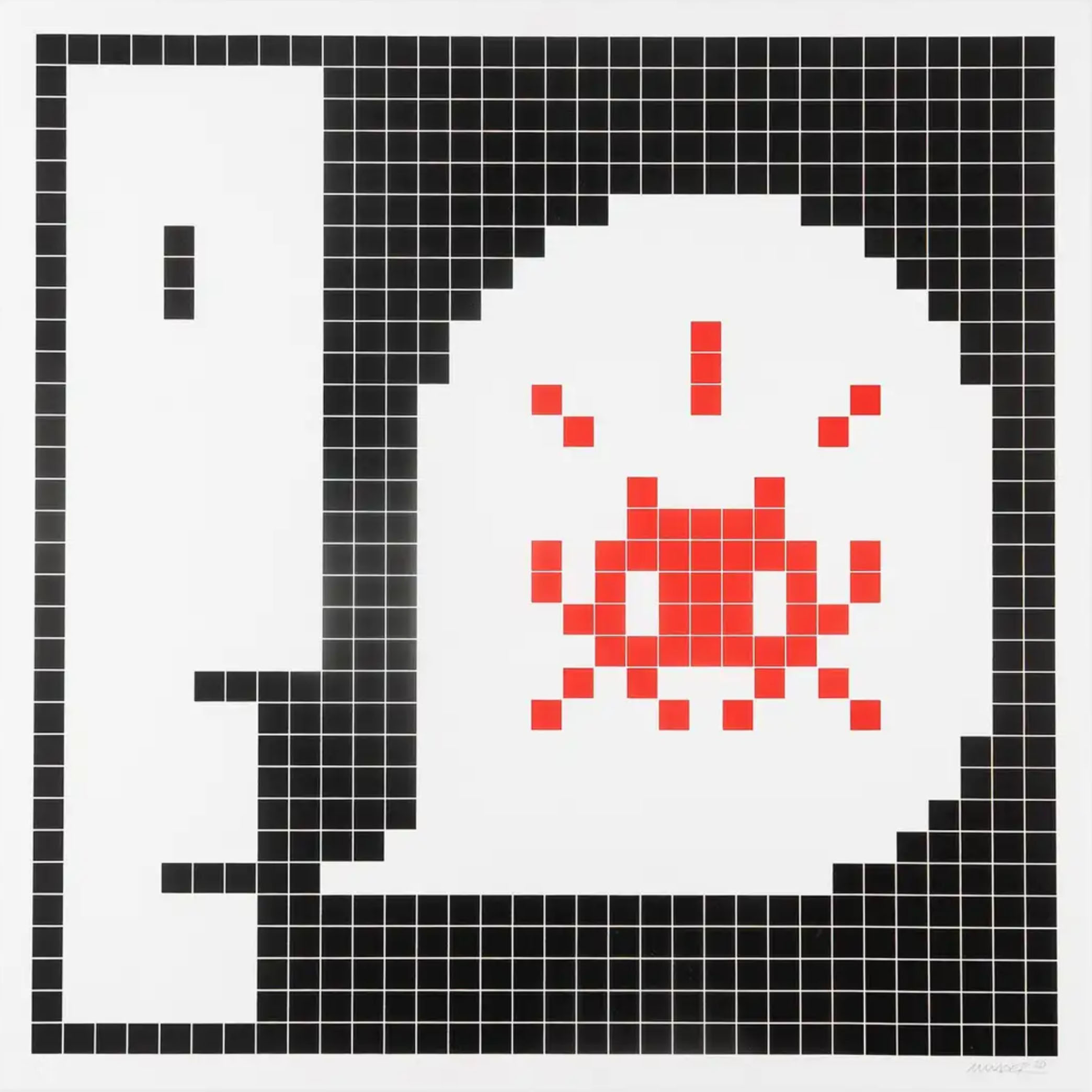GRAArt, curated by MURo, is an Urban Contemporary Art project that traces the history and mythology of Rome through works of Urban Art. Street artists from all over the world have been invited to paint the walls of the city’s busiest ring road, the Grande Raccordo Anulare or GRA.
GRAArt highlights the cultural and artistic richness of the Eternal City, and aims to close the cultural gap between Rome’s monumental historical centre and its outskirts.
Painted in the outer circle of the city the murals are inextricably linked to forgotten myths, legends and anecdotes, which deal with the memories and identity of these specific areas of the city.
Artists invited so far include Colectivo Licuado, Camilla Falsini, Maupal, Veks Van Hillik, Lucamaleonte, Julieta XLF, Chekos, Koz Dos, Nicola Alessandrini, David Diavù Vecchiato, Milu Correch, Flavio Campagna Kampah, Solo, Zed 1 and Diamond.
The Colectivo Licuado (Uruguay) mural, “The Guardians of Octavia”, has now become a symbolic entrance to a part of Rome that is closely linked with the theme of stolen childhood. The artists, Florencia and Camilo, visited nearby Hypogeum of the Ottavi, the tomb of little Octavia Paolina, and also home to the Casal del Marmo juvenile prison. They were struck by the image on the fresco of the arcosolium of the god Mercury/Hermes, protector of travellers who accompanies children to the afterlife, freezing them in an eternal childhood. Paolina, on the left of the mural, and her father Felix, on the right, are now the guardians of this passage.
Artist Solo (Rome) paints The roman mummy of Grottarossa, a young girl found in 1485 in a grave near the via Appia about five miles from the city. The mummified girl is now reburied at a secret site outside the Porta Pinciana.
Camilla Falsini (Rome) paints in the style of bucranium, due to an ancient sepulchre being discovered close to the mural site. The skulls of animals, mainly of an ox, were featured as decorative elements in mausoleums and sacrificial altars.
Mauro Pallotta’s mural “Drinking Fountain Obelisk”, contains two important objects, one from Baroque Renaissance Rome and the other from the nineteenth century city, and has mixed them together with irony typical of his art.
Diamond (Rome) mural is titled “Lucrezia” and is the honest wife of a senior Roman soldier, Collatino.
Lucamaleonte (Rome) was inspired by Baroque painting for his mural, The tied hands are details from “The Martyrdom of the saints Rufina and Secunda”, a 1625 oil painting also known as the “Picture of the three hands” because it was painted by three different artists: Giovanni Battista Crespi (known as il Cerano), Francesco Mazzucchelli (known as il Morazzone) and Giulio Cesare Procaccini.
Nicola Alessandrini (Macerata) paints two weeping horses that are found in the sculptures of the Trevi Fountain, whose principal subject is water and its sources. Sources like the aqueduct of the Aqua Virgo, the only still-functioning Roman aqueduct , which carries water to the most important fountains of the Eternal City.
Through artist Chekos, the GRAArt project chose to depict the last emperor of the Gens Giulia (on his mother’s side) and the Gens Claudia (on his father’s) on this wall of the GRA near Tor Vergata in an almost heroically large portrait .
Thanks to GRAArt, when motorists enter/ leave Rome via the Grande Raccordo Anulare, they now see wonderful large-scale works of art that powerfully communicate the message, “Welcome to Rome.”









